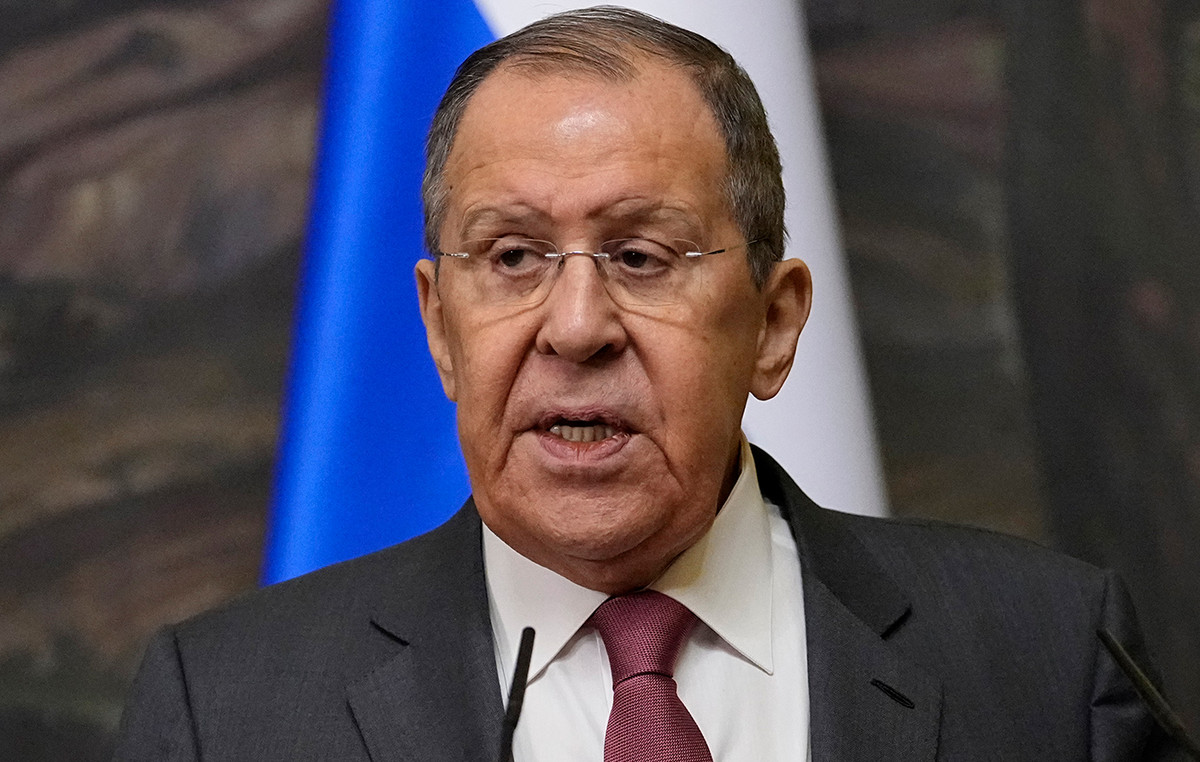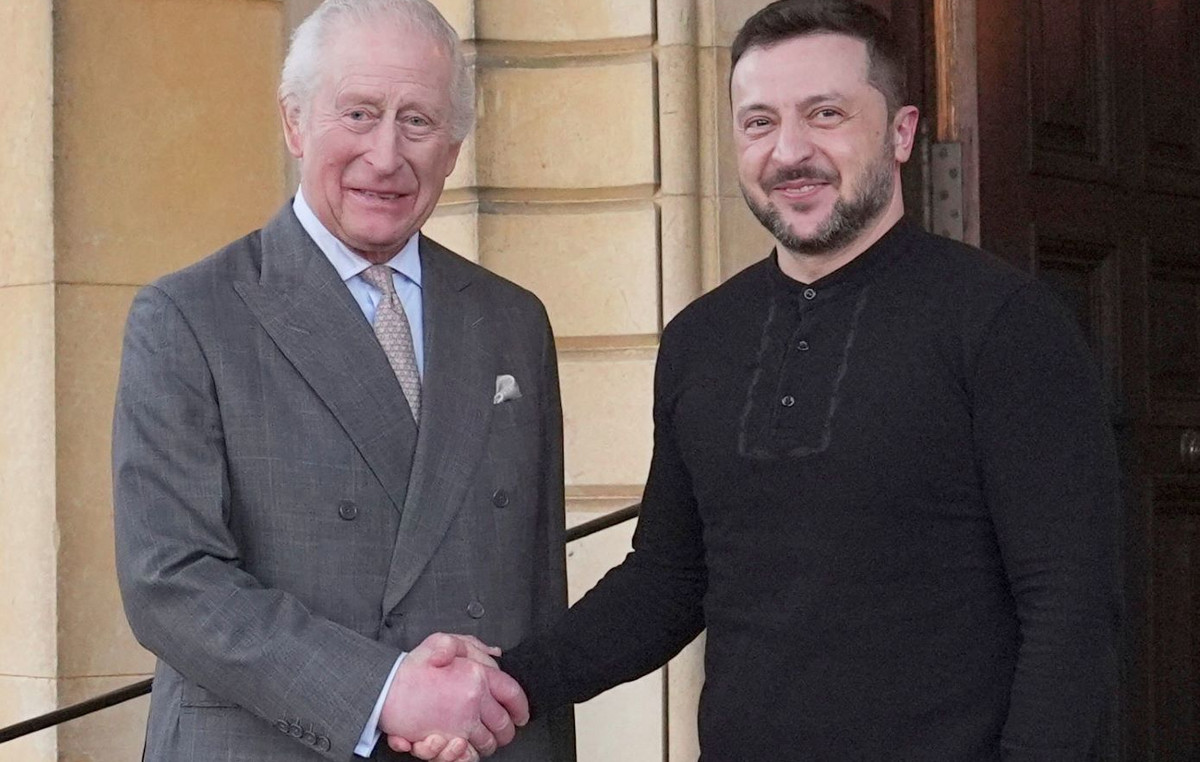With inflation of 8.2% in September, accumulated in 12 months, the United States surpassed Brazil in the ranking of large economies compiled by Austing Ratings. The US economy price index ranks fifth, behind Mexico, Germany, Russia and Turkey. Brazil comes in seventh, with 7.1% of accumulated inflation in the period.
It is not the first time that US inflation has surpassed Brazil’s in 12 months, which was also seen in June 2006, when the US hit 4.32% and Brazil 4.03%, recalls Rafaela Vitória, chief economist of Inter.
“Inflation is a global phenomenon, all countries are suffering from price indices. Brazil is managing to contain inflation because, in addition to the federal government’s measures, interest rate policy began to raise the Selic rate much earlier and the rise was rapid”, explains Gabriel de Barros, chief economist at Ryo Asset.
The Brazilian Central Bank started raising the Selic, the basic interest rate, in March 2021, when it was at 2%, and ended the cycle recently, with the rate at 13.75%. In the US, this movement started later. The monetary authority has been raising the basic interest rate of the US economy since March, when interest rates were close to zero, to the current range of 3% to 3.25%.

“My reading is that Brazil bought time and today it is already reaping fruits”, says Barros.
Despite the comparison, the characteristics of the two economies have quite considerable differences. The main one is in the job market: while Americans live in a scenario of full employment, Brazil still has more than 13 million unemployed, with the rate at 8.9% in the quarter ended in August, the latest reading released by the IBGE.
“We cannot say that we are better than the United States because unemployment here in Brazil is still very high”, explains Alexandre Jorge Chaia, a professor at Insper.
In both Brazil and the US, the main point of price relief in September was energy and fuel. Prices in the sector, which have been under pressure since the beginning of the conflict in Eastern Europe, cooled in Brazil on account of the ICMS cut announced by the government to contain inflation, in addition to successive cuts announced by Petrobras.
Services put pressure on US prices
Gabriel de Barros, chief economist at Ryo Asset, shows that the surprise for US inflation was in services. He explains that the reopening of the American economy boosted the prices of this group, since there was a repressed demand, that is, the consumer returned to spend.
He also highlights that energy components items played an important role in the US CPI, as even registering a considerable drop, of 2.1% in September, it was much smaller than in previous years.
“The CPI in the US was above expectations and showed a more persistent inflation, confirming the Fed’s concern, highlighted in the minutes of the Fomc released this week”, says Rafaela Vitória, from Inter.
“The rise in the prices of services has been the main cause of the more persistent inflation and in September it was driven by rents and health, but the diffusion remains high, above 70%, indicating still a widespread inflation”, he says.
Source: CNN Brasil
Joe Jameson, a technology journalist with over 2 years of experience, writes for top online news websites. Specializing in the field of technology, Joe provides insights into the latest advancements in the industry. Currently, he contributes to covering the world stock market.







